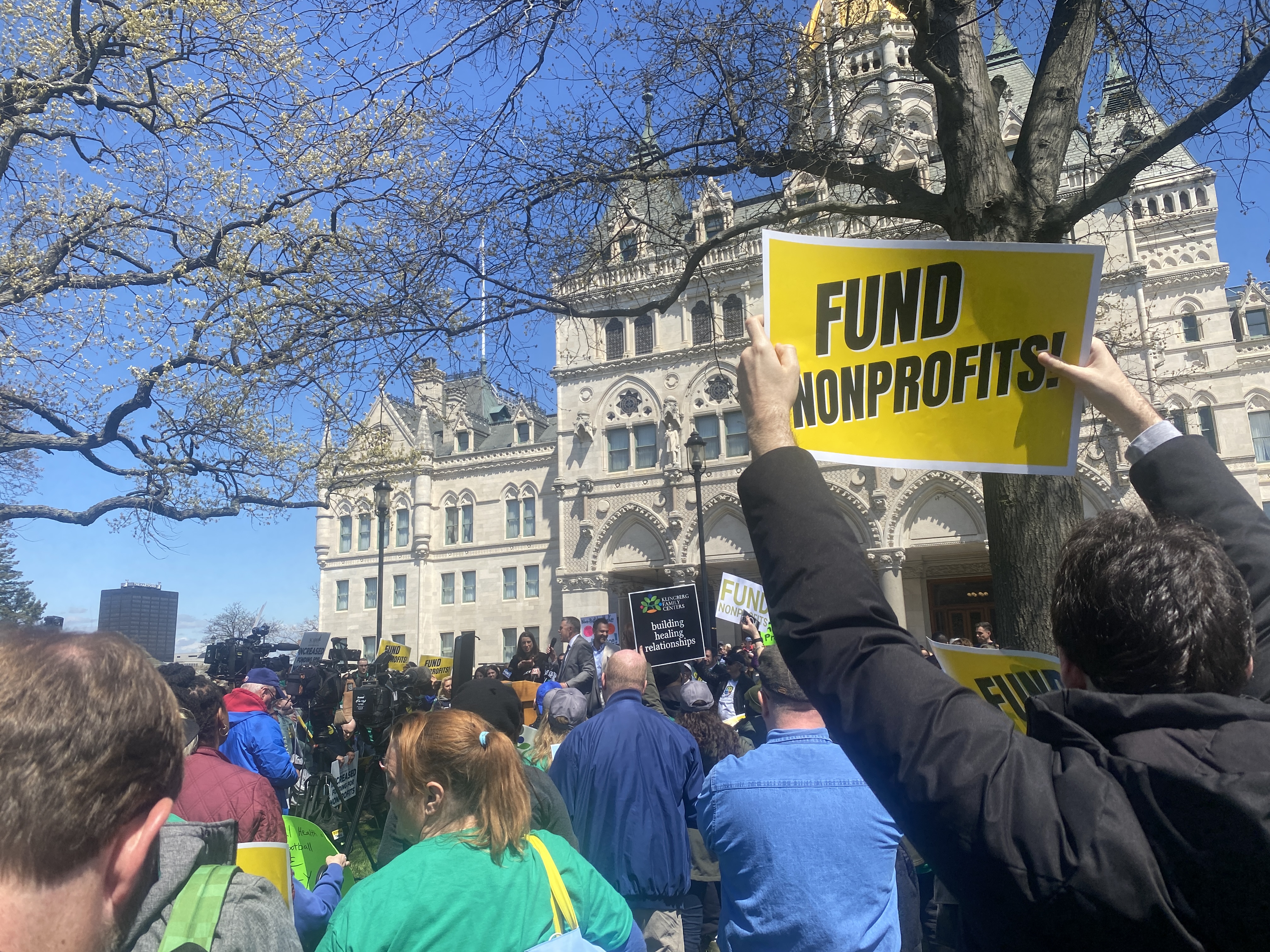Contact tracing starts with a phone call from your local health department after you've tested positive for COVID-19.
“We confirm their identity. We ask about a few symptoms and we identify close contacts,” explained Mary Day, a nurse practitioner for the Ledge Light Health District in New London.
You’ll know the phone call is legitimate when the phone number 855-670-0299 and "CT COVID TRACE" shows up on your caller ID.
In addition to reminding you to quarantine you’ll also be asked to provide a list of people you’ve spent time with over the previous 48 hours.
“It’s significant contact. So, we’re talking about 10-15 minutes within six feet of that individual,” said Charles Brown, director of the Central Connecticut Health District in Rocky Hill.
Some 885 tracers have been tasked with notifying those contacts of their potential exposure.
Local
The source of the exposure remains confidential.
“What we’re saying is that you’ve had a potential exposure to the disease. We’re not referring to who they got exposed to,” said Brown.
“We’re not ordering people into isolation or quarantine,” said Brown, pointing out that it is voluntary but highly suggested.
Brown said they’re educating people about why they should get tested and self-isolate until they get the test result.
“The less people they have contact with the less opportunity that disease has to spread from person to person,” Brown explained.
Contact tracing has been used before to stop the spread of infectious disease before, such as last year’s measles outbreak. Brown said he believes it is the main tool to limit the spread of COVID-19.
“In the absence of a vaccine contact tracing becomes critical,” said Brown.
“We need contact tracing. We need people to participate because that’s one of the ways that we can break the chain of infection,” added Day.
Those who test positive can opt-in to a daily health assessment email as well.
“What is their temperature, are their symptoms the same or getting worse or getting better, do they have all the things they need to be able to stay in isolation for 14 days,” said Brown of the questions that are asked.
Those who don’t have access to the internet can also opt to take the survey over the phone.
The state's new tracking system, ContaCT, went online in May with the goal of connecting with 50% of new patients by the June 20 Phase 2 reopening. As of July 5, the state was averaging a 47% success rate.
“We’ve been very vocal with DPH about some of the shortcomings of the system,” said Day.
Day said the system was rolled out too quickly without adequate training. She pointed to language barriers and a lack of translators as one of the challenges.
Brown pointed out that health departments are already stretched thin inspecting and enforcing the governor’s reopening guidelines.
“To be able to do this at to the scale that we’re being called to do it now just doesn’t exist,” he said. “Local health departments are only so big and we’re getting pulled in a lot of different ways.”
However, Brown said the 47% success rate is good and pointed to Connecticut's improving infection rate to suggest contact tracing is working.
“It’s not going to spread as far as fast,” he said.
Brown added that while the state is in a lull, they will continue to train more tracers, including volunteers, to be more prepared when the second wave hits.
“If we do our job right now while things are low then maybe we won’t see as big of a second wave or resurgence of this virus,” said Brown. “It’s hard to be looking at the New England states right now and the bubble that we’re in surrounded by a lot of states that are seeing high rates of transmission. You can only stay in that bubble so long.”



